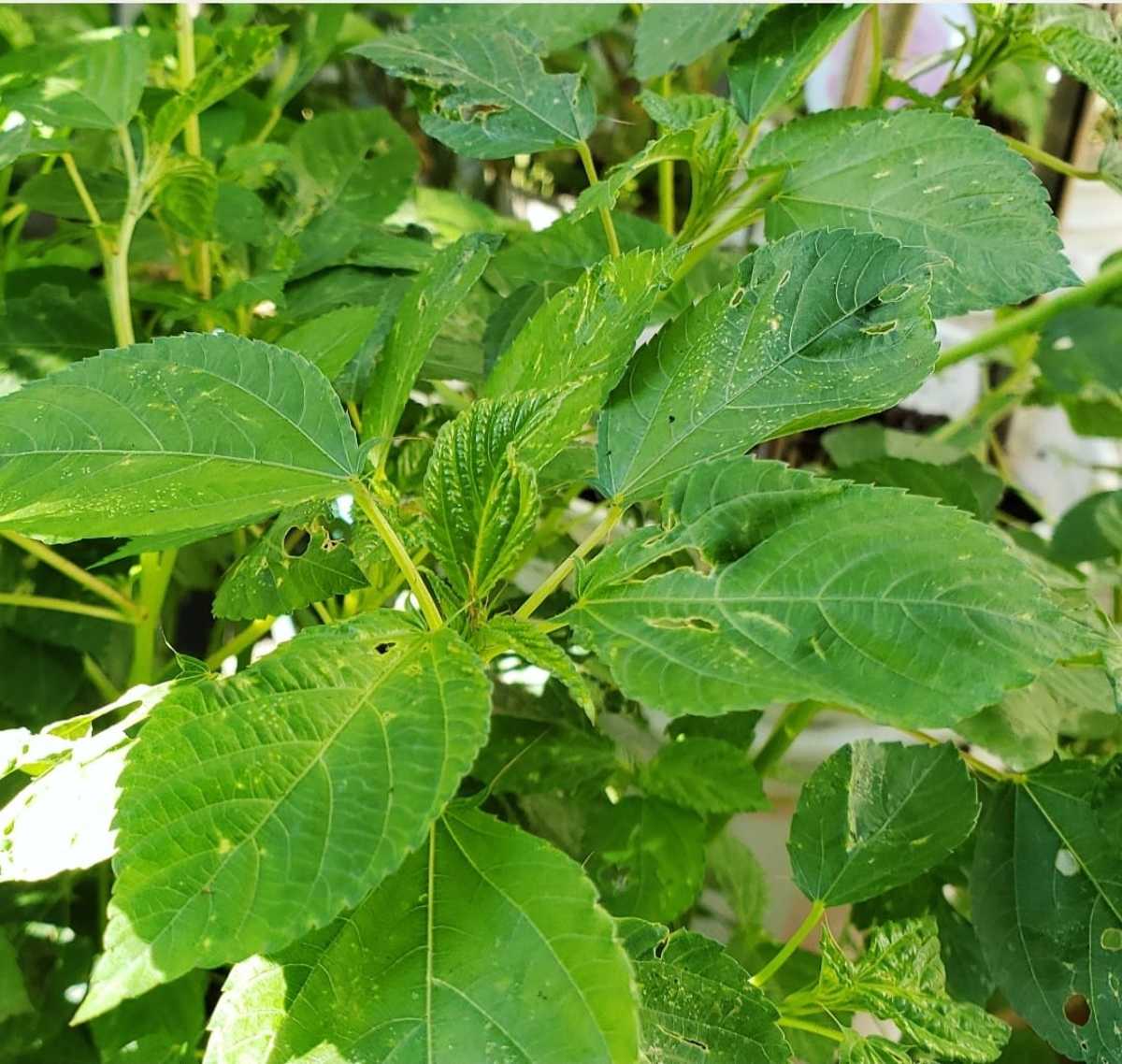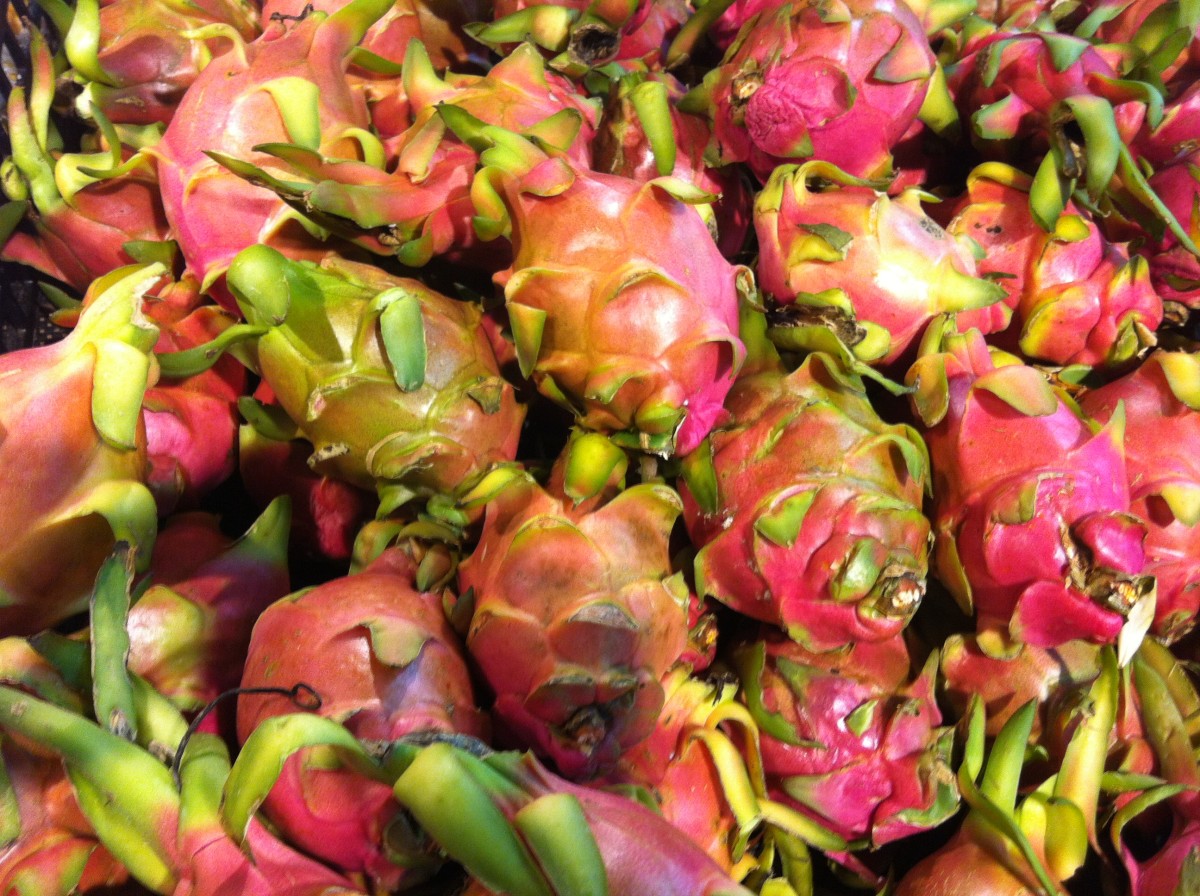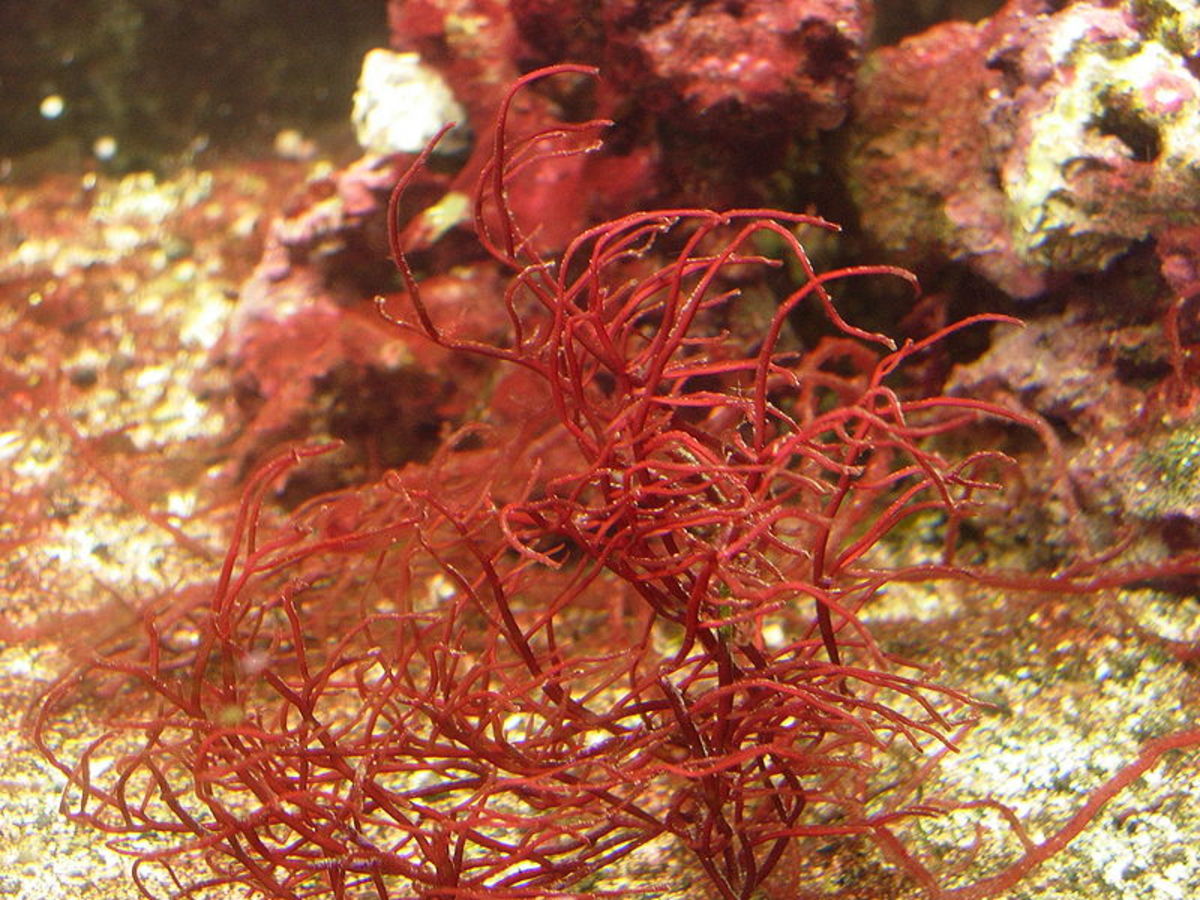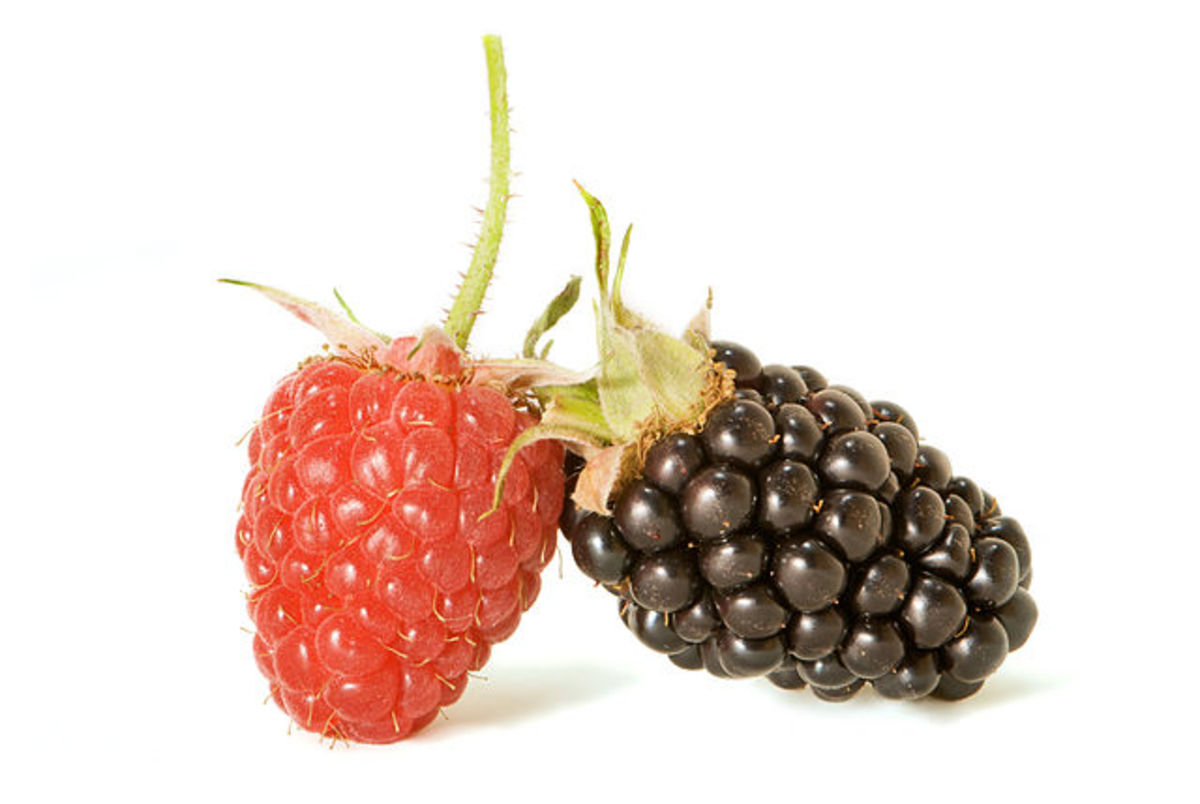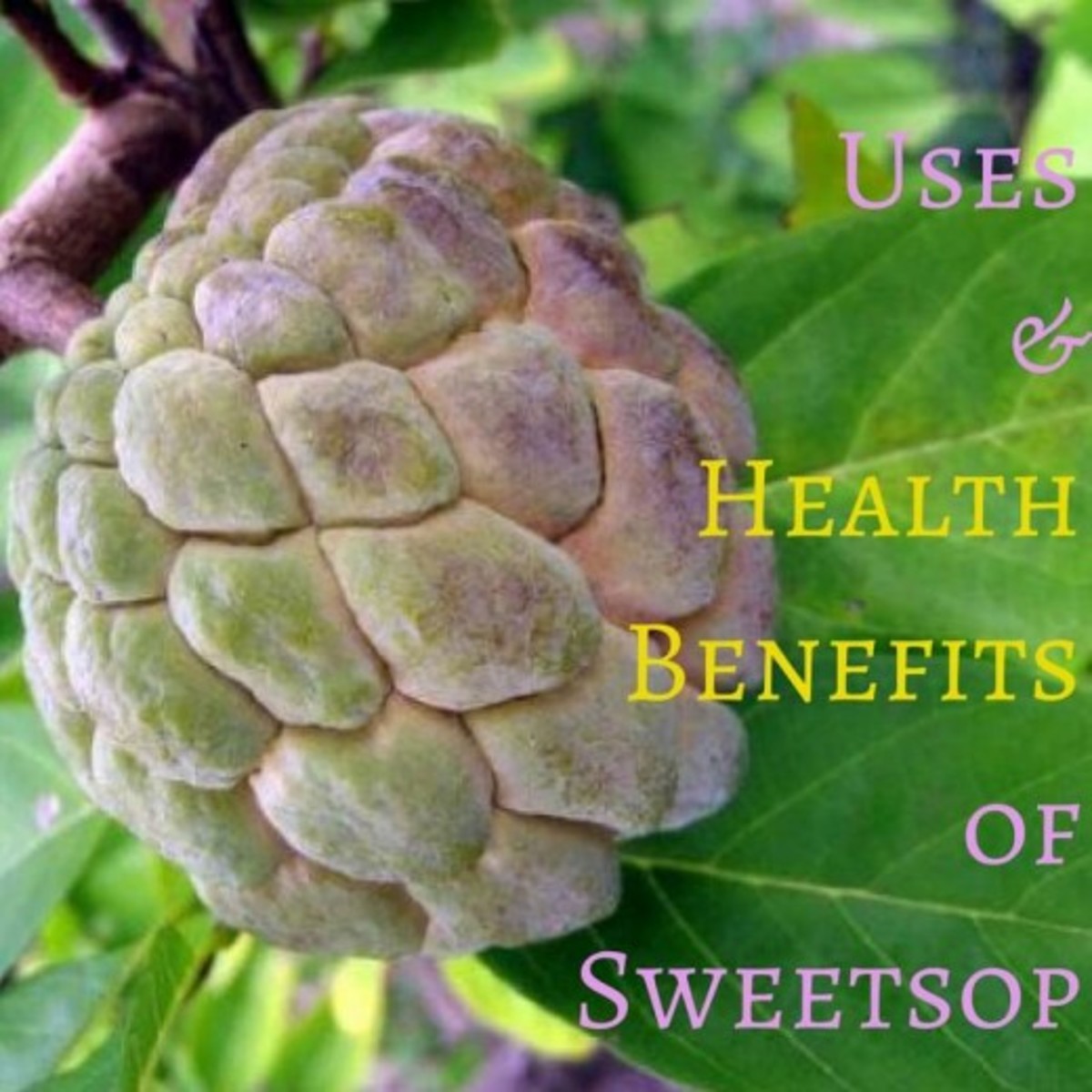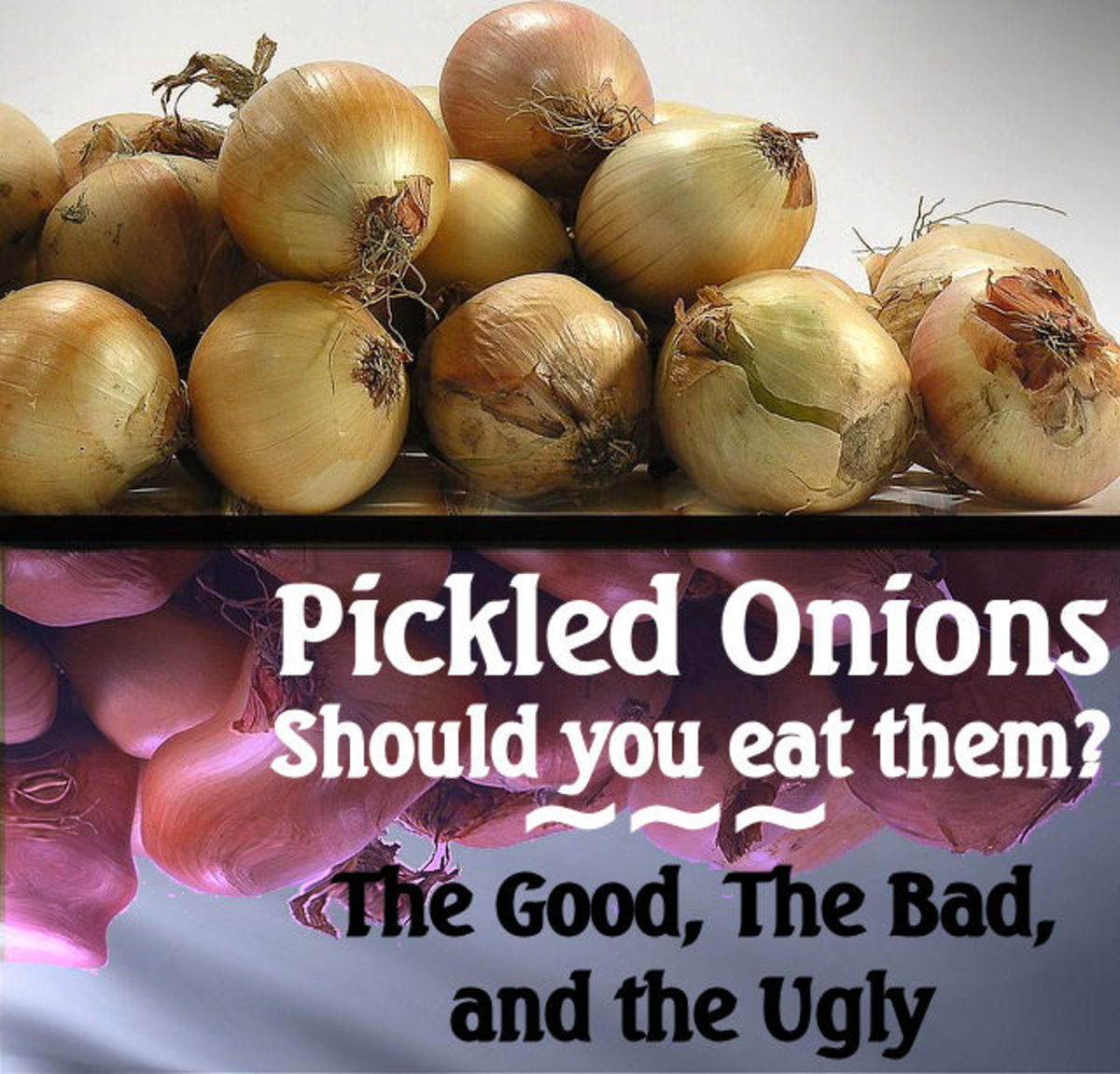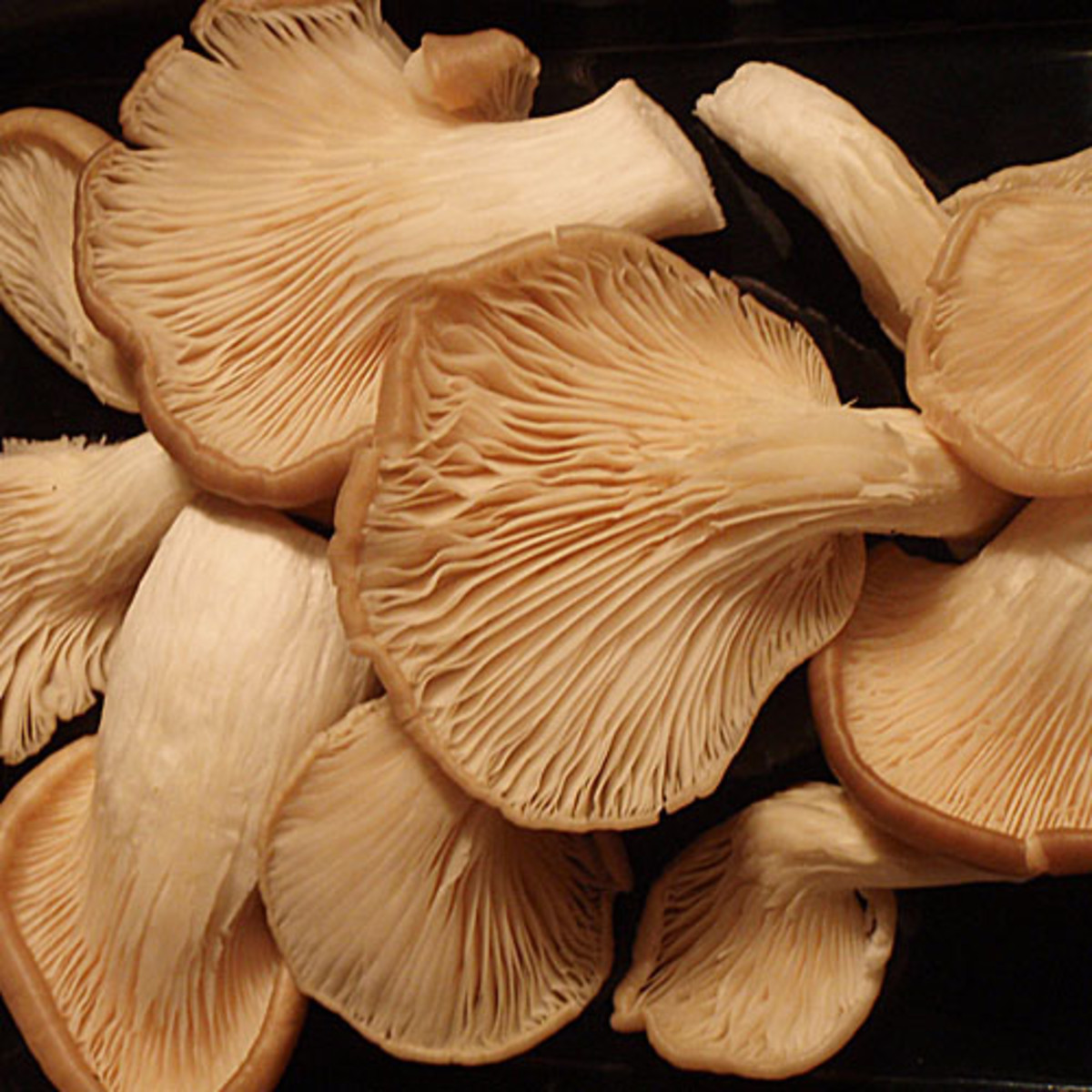Chayote: Photos and Health Benefits
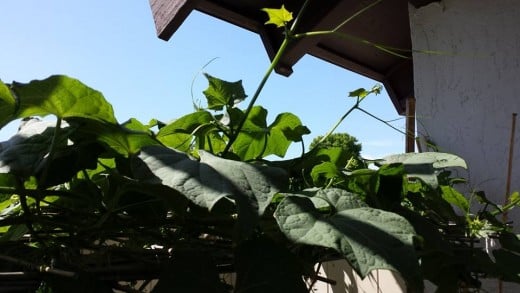
The chayote, or also known in other names as vegetable squash, pear squash, christophene is a pear-shaped fruit with a light green, thin skin. Native to Central America or Mexico, chayote was introduced around the world, and was known in the Philippines as the sayote plant.
From its pear-shaped fruit, to shoots, and even the edible tubers, this perennial plant is easy to grow and has beautiful heart-shape leaves. Also they could hold onto anything and can spread pretty fast.
And since I am going to start here with sharing our chayote plant photos, I would mention where our chayote came from. It started last year when a friend gave me few chayote fruits which also came from another friend of ours. But there's this one fruit, and it's a twin chayote by the way, which is already tough enough to be cooked and is ready to be planted. So mom planted it. And now it was wide awake from its winter slumber and ready to claim most of the patio space once again.
We started growing it last year but I just learned that they could hold into anything, which to me appears interesting seeing the tendrils hold into its own leaves, tendrils to tendrils, (kinda like holding hands?) just for the effort of getting into the bamboo stake nearby, and even attaching some tendrils into our sleek vinyl fence!
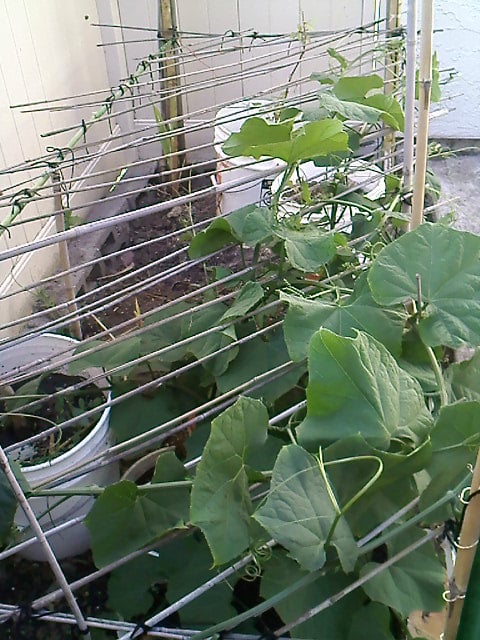
Trellis idea for a fast growing chayote
This photo was taken last few days of March. I have to start making them a trellis before they start claiming the place. And they occupy their trellis pretty fast, so my plan for this year, to make a stronger base for the trellis and make it in layers, focusing on the first layer first.
Last year it got out of hand and our small patio looks like a jungle, a weak trellis falling off, as two chayote on both sides reaching for each others trellises, creating a somehow cave like entrance and we all have to bend down to go under to pick their fruits and water the other plants on the patio which is under their shades.
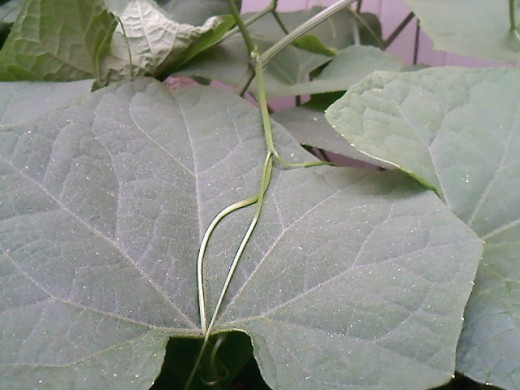
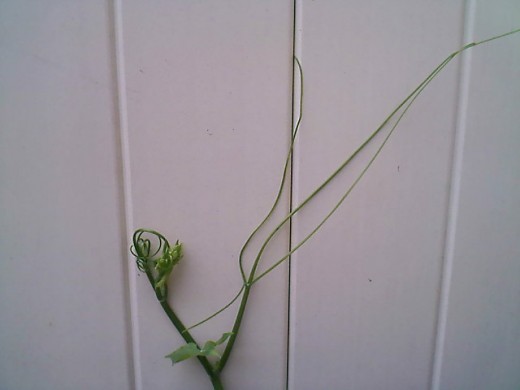
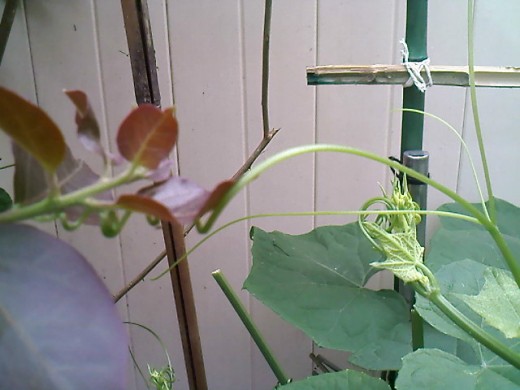
Look at this, pretty impressive for me for this tendrils to be able to get hold of that smooth fence.
One time I had removed a tendril on the other side of the fence, from the other chayote plant as it had attached itself on the sleek fence like this one on the photo.
It was only mid April and the chayote plant had occupied the first part of the trellis I made. It would be grasping into anything it can get a hold of before the month of August. And with two chayote plants and a small patio, it would probably look another mini jungle.
And with me not being able to make the second part of the trellis yet, the shoots are popping their heads up, grasping into anything around them and there's a lot of them. So I was thinking of harvesting some of the shoots, and happens that mom shares the same idea with me when I had told her about it.
And since we got some of the shoots, more branching is expected, and that means more shoots to swallow the trellis. But I planned to really keep an eye on them this time with the help of a scissor. I could always harvest the unwanted shoots and give them to friends or neighbors.
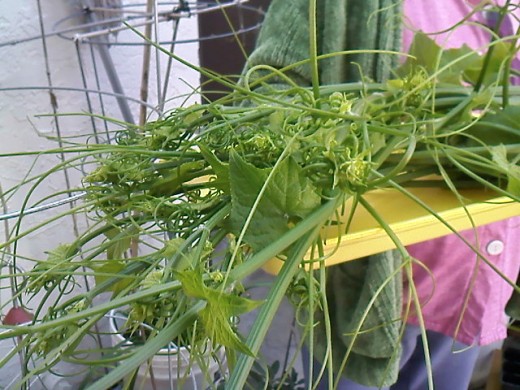
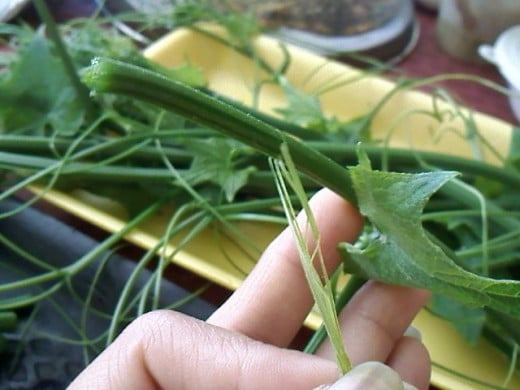
Preparing the shoots for cooking!
With the leaves already separated from the stems, now I have to work on the stems. Photo showing peeling off the skin. It has to be removed so the stems wouldn't be tough to chew.
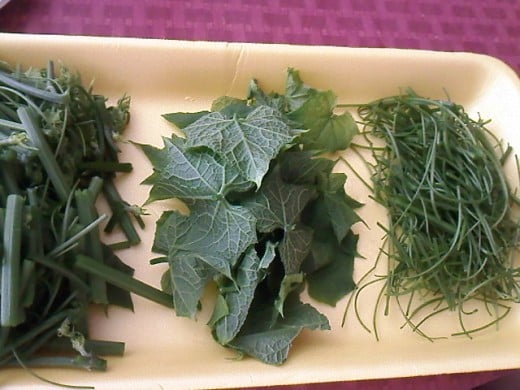
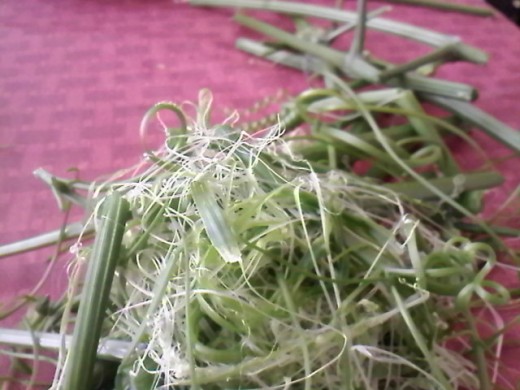
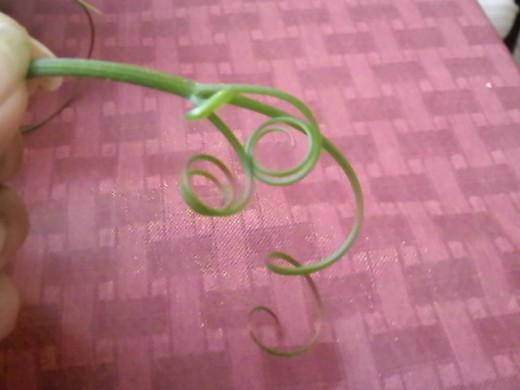
And here's the mess I made when I was done: the tough stems and the peeled chayote skin.
Cooking with chayote shoots:
* Chayote shoots are good to be stir-fried with other vegetables such as baby corns, beans, cabbage, carrots or other vegetables available.
* Try including the shoots to stir-fried noodles.
* The stems, and both the leaves and tendrils is cook in Filipino dish together with squash, okra, eggplant and other vegetables in the Ilocano dish pinakbet.
* Another Filipino dish for the chayote shoots is the tinola.
* Chayote is breaded and enjoyed fried in Brazil.
* Just like potato, the fruit can also be boiled, and mashed or stuffed.
November of 2013, still having baby chayotes.
Health Benefits and Medicinal Uses of Chayote
1. Chayote is a good source of fiber, and with that, consuming it can help lower cholesterol level and lowers constipation risk.
2. For those having acne problems, chayote is a good source of zinc, and this mineral influences the responsible hormones for oil production in the skin.
3. With the K vitamin this plant has, chayote or sayote can help prevent osteoporosis and helps on the process of blood clotting.
4. Infusion of dried chayote leaves is used to help with hypertension, colds, bronchitis and arteriosclerosis, which is the hardening of the arteries walls. It is also used in dissolving kidney stones.
5. Consuming chayote will help shield us against the free radicals because of its C vitamin.
6. Eat pear squash to prevent dealing with those cramps. Pear squash, chuchu or sayote provides magnesium and adding them to the diet can help prevent muscle cramps.
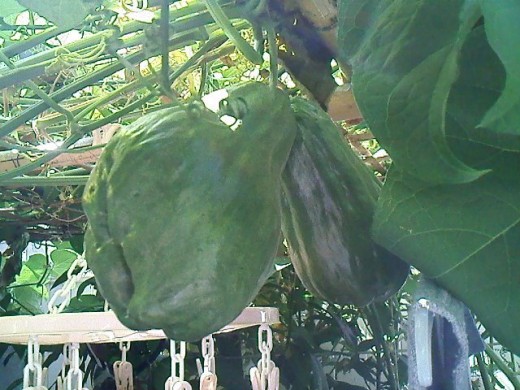
Did you know?
* Chayote is a fruit thou we usually consume it as a vegetable.
* Chayote fruit is 94% made up of water.
* The fruit can be consumed either cooked or raw.
* It is usually the fruit that is seen sold on the market, but most parts of the plant is consumed and that includes the tuberous roots and even the seed.
* Choko, cho-cho, chuchu, chuw chuw, and centinarja are some other names for the chayote plant.
* Male sayote flowers comes in clusters, and single chayote flowers are the female ones.

